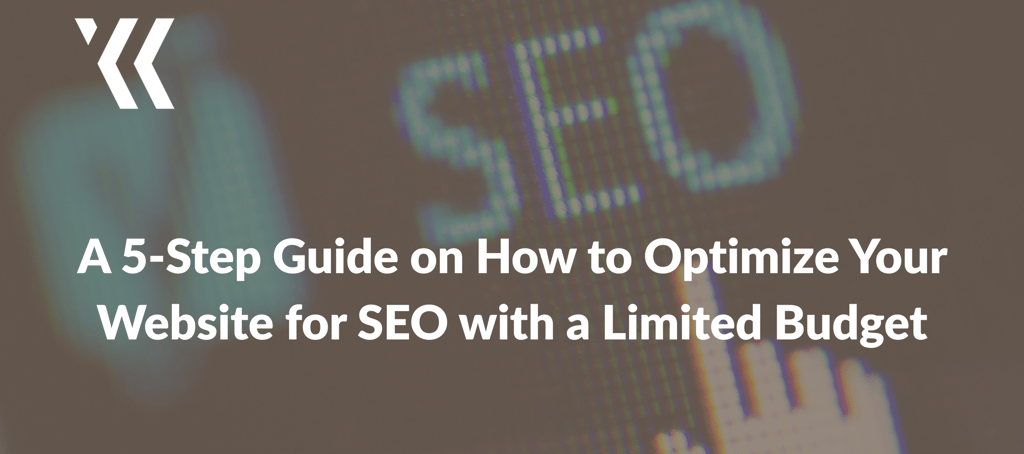A 5-Step Guide on How to Optimize Your Website for SEO with a Limited Budget
SEO isn’t just for big businesses. This guide outlines 5 concrete steps to improve your website’s on-page SEO — even with a small budget.
TRENDS, NEWS & LATEST UPDATES
Mohamed Youssef Khalil
7/14/20252 min read


How to Optimize Your Website for Search Engines When You’re on a Tight Budget
SEO is often seen as complex, technical, and expensive. But for small businesses, it’s a powerful and sustainable way to gain visibility — as long as the right method is followed.
This 5-step approach is designed for companies that want to build a solid SEO foundation without a full-time team or big investment.
1. Structure your website around your goals and resources
A well-optimized site always starts with a clear and logical structure. It helps both users and search engines understand what your business is about.
Start with:
Core pages: Home, Services/Products, About, Contact.
Grouping similar content under clear sections.
Keeping navigation simple (no more than 3 clicks to any page).
Planning for scalable content areas like a Blog or FAQ.
Pro Tip: Take inspiration from better-ranked competitors — but make it your own.
2. Write SEO-friendly content (without sacrificing readability)
Content is the heart of on-page SEO. It must please both search engines and human readers.
Best practices include:
Using a clear heading structure: H1 once, then H2 and H3.
Naturally including keywords in:
your page title,
the first 100 words,
your meta title and description.
Writing short, engaging, easy-to-read paragraphs.
Ending each page with a clear call to action.
Operational Framework: problem → solution → proof → CTA.
3. Start with the most important pages of your site
If time and resources are limited, focus your efforts on the pages that drive the most value.
Prioritize:
The homepage — your main entry point.
Key service or offer pages — they often convert best.
Contact/About pages — critical for trust and local SEO.
Top product pages or categories (for e-commerce).
Consider this: Don’t spread yourself too thin — start where impact is highest.
4. Set up a blog to build long-term visibility
A blog is an excellent SEO tool for ranking on specific queries and showing your expertise.
To make it work:
Build a simple, clean blog structure.
Link your blog posts to key pages (internal linking).
Cover practical topics like FAQs, case studies, tips, or tutorials.
Remember.. A well-maintained blog expands your reach and keeps your site fresh in Google’s eyes.
5. Follow a light but consistent blogging strategy
You don’t need to post every week — quality matters more than volume.
Here’s a simple approach:
Publish 1 to 2 blog posts per month.
Pick topics based on:
what your audience is searching for,
SEO potential,
alignment with your business.
Structure each article with:
a strong introduction,
H2/H3 subheadings,
short, digestible sections.
Even light blogging can build strong, long-lasting SEO results — especially when maintained over time.
Effective SEO isn’t about having a massive budget — it’s about clarity, consistency, and doing what matters most.
With a solid structure, useful content, and steady effort, any business — even a small one — can climb search rankings and attract qualified traffic.
Want to improve your online visibility without stretching your resources?
Explore my services or get in touch to discuss a future collaboration.
